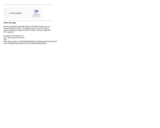
A sample text set on the Reconstruction.
- Subject:
- English Language Arts
- Reading Informational Text
- Material Type:
- Reading
- Date Added:
- 06/16/2021

A sample text set on the Reconstruction.
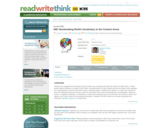
V is for vocabulary. A content area unit provides the theme for a specialized ABC book, as students select, research, define, and illustrate a word for each alphabet letter.
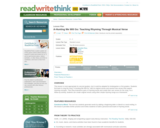
Adapting the song "A-Hunting We Will Go," students put a "whale" in a "pail" and even "take a little "bear" and hug it if we "dare"."

This lesson is an introduction to the research process using the Ask. Act. Achieve. process
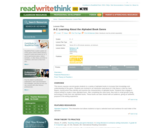
Students increase their understanding of alphabet books by participating in a variety of reading and writing activities.
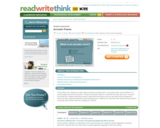
This online tool enables students to learn about and write acrostic poems. Elements of the writing process are also included.
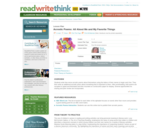
Students create acrostic poems using their names and the names of things that are important to them.
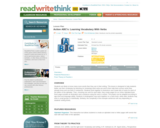
Creating an illustrated alphabet book of action words, from "attack" to "zap", reinforces the definition of verbs as it stretches and expands students' vocabulary.
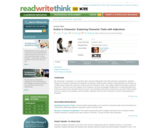
Students must "become" a character in a novel in order to describe themselves and other characters using powerful adjectives.
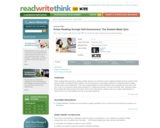
This recurring lesson encourages students to comprehend their reading through inquiry and collaboration. They choose important quotations from the text and work in groups to formulate "quiz" questions that their peers will answer.
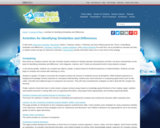
This article discusses the four forms of identifying similarities and differences: comparing, classifying, creating metaphors, and creating analogies and how these strategies can be used in an elementary classroom.
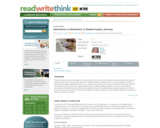
Students are guided through an informal exploration of nonfiction texts and child-oriented Websites, learning browsing and skimming techniques for the purpose of gathering interesting information.
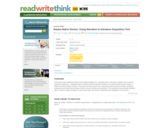
Tradition and technology come together in this lesson in which students learn about Alaskan animals through Native American tales and their own online research.
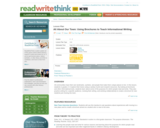
Students explore their towns' landmarks, symbols, and people; look at brochures and other informational tools; practice writing for a specific audience and revising; and work collaboratively to create a brochure.
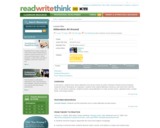
Students learn about alliteration, and then practice using alliteration in acrostic poems, tongue twisters, alphabet books, and number books.
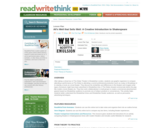
Students compare attending a performance at The Globe Theater with attending a modern theater production or movie. They then create a commercial for an Elizabethan audience promoting a modern product.
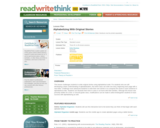
Students write original stories using alphabetical order, beginning each page with a new letter, and then illustrate their texts in class or at home with their families.
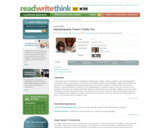
The traditional autobiography writing project is given a twist as students write alphabiographies - recording an event, person, object, or feeling associated with each letter of the alphabet.
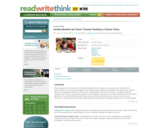
Through a close reading of "Amelia Bedelia", students reread the material to discuss text-dependent questions, promoting deep thinking about the text and its characters.
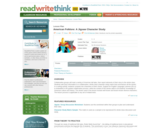
Groups of students read and discuss American folklore stories, each group reading a different story. Using a jigsaw strategy, the groups compare character traits and main plot points of the stories. A diverse selection of American folk tales is used for this lesson, which is adaptable to any text set.